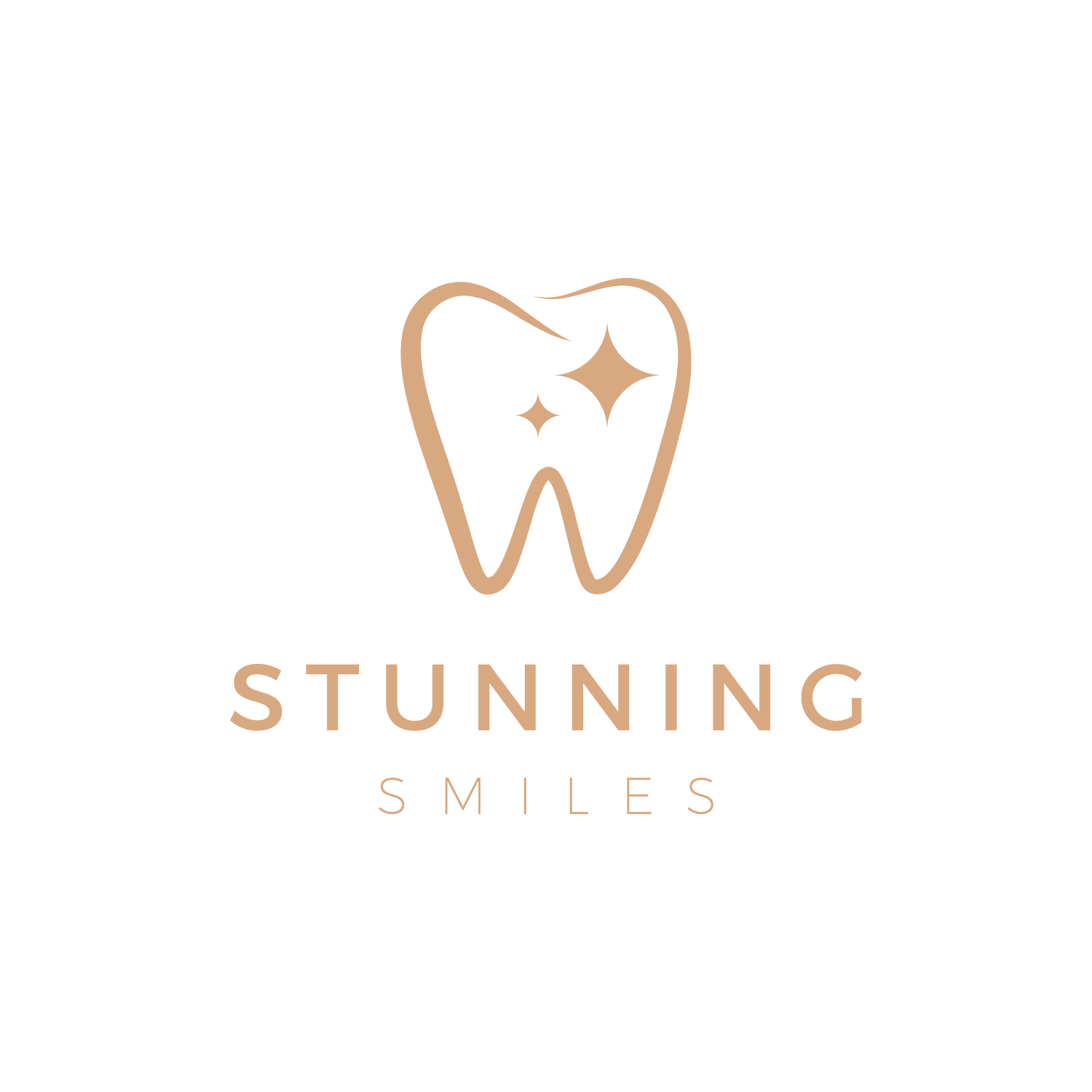Protecting Little Smiles: Understanding and Preventing Tooth Decay in Children
As parents, we want nothing but the best for our children, and their oral health is no exception. Tooth decay, also known as dental caries or cavities, is a common concern among children that requires attention and preventive measures. In this blog, we will explore the causes of tooth decay in children, its consequences, and most importantly, effective strategies to prevent it and promote healthy smiles for our little ones.
Understanding Tooth Decay in Children: Tooth decay occurs when bacteria in the mouth feed on sugars and produce acids that attack the tooth enamel. Over time, these acids can dissolve the enamel, leading to cavities. Children are particularly susceptible to tooth decay due to their developing oral hygiene habits, dietary choices, and the structure of their growing teeth. Baby teeth, although temporary, play a crucial role in proper speech development, nutrition, and maintaining space for permanent teeth.
Causes of Tooth Decay in Children: Several factors contribute to tooth decay in children: a) Poor Oral Hygiene: Inadequate brushing and flossing allow plaque to accumulate, leading to the production of acids that attack tooth enamel.
b) Sugary Diet: Frequent consumption of sugary snacks, beverages, and foods creates an environment for bacterial growth and acid formation.
c) Bottle Feeding and Prolonged Pacifier Use: Putting a child to bed with a bottle or allowing them to use a pacifier dipped in sugary substances can lead to prolonged exposure to sugars and tooth decay.
d) Lack of Fluoride: Insufficient exposure to fluoride, either through fluoridated water or fluoride toothpaste, can weaken tooth enamel and increase the risk of cavities.
Consequences of Tooth Decay in Children: Untreated tooth decay can have significant consequences for children:
a) Pain and Discomfort: Cavities can cause toothaches, sensitivity, and difficulty eating, affecting a child's overall well-being and nutrition.
b) Infections and Abscesses: Advanced tooth decay may lead to infections, dental abscesses, and swelling in the face or gums, requiring immediate dental intervention.
c) Impact on Permanent Teeth: Baby teeth serve as placeholders for permanent teeth. Premature loss or extraction of baby teeth due to decay can disrupt the alignment of incoming permanent teeth, potentially necessitating orthodontic treatment in the future.
Prevention Strategies for Tooth Decay:
a) Start Early: Begin oral care as soon as the child's first tooth appears. Clean the gums with a soft cloth and transition to a child-sized toothbrush once teeth erupt.
b) Brush and Floss Regularly: Brush your child's teeth twice a day using a pea-sized amount of fluoride toothpaste. Start flossing when adjacent teeth touch.
c) Healthy Dietary Choices: Limit sugary snacks and drinks, promoting a balanced diet rich in fruits, vegetables, whole grains, and calcium-rich foods like dairy products.
d) Fluoride: Use fluoride toothpaste appropriate for your child's age and ensure access to fluoridated water.
e) Regular Dental Visits: Schedule the child's first dental visit by their first birthday, and maintain regular check-ups every six to twelve months for professional cleanings and early detection of dental issues.
Promote Good Oral Hygiene Habits:
a) Lead by Example: Be a positive role model by practicing good oral hygiene habits yourself. b) Make Brushing Fun: Use colorful toothbrushes, sing songs, or set up a brushing chart to make brushing an enjoyable and interactive experience.
c) Supervise Brushing: Until the child can effectively brush independently, supervise and assist them in reaching all areas of their mouth.

